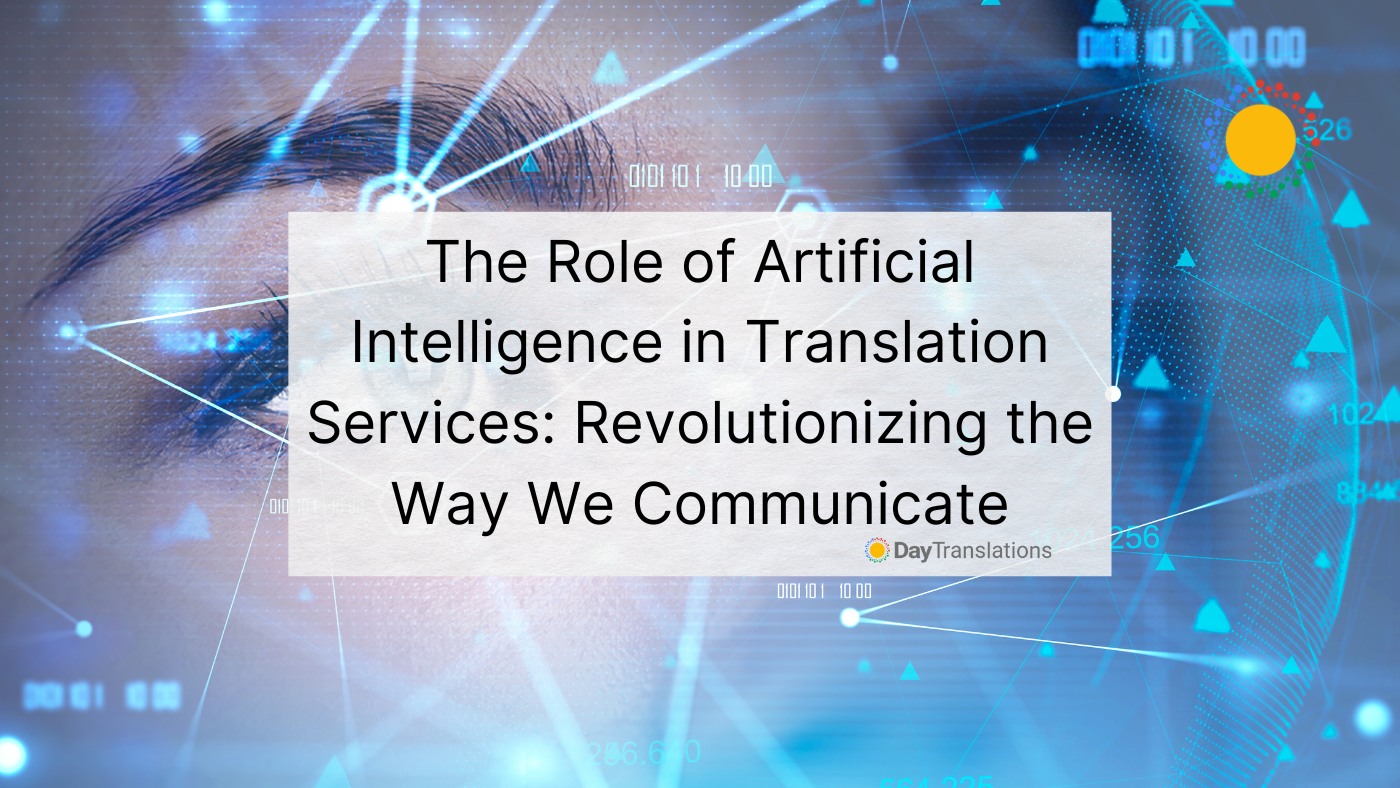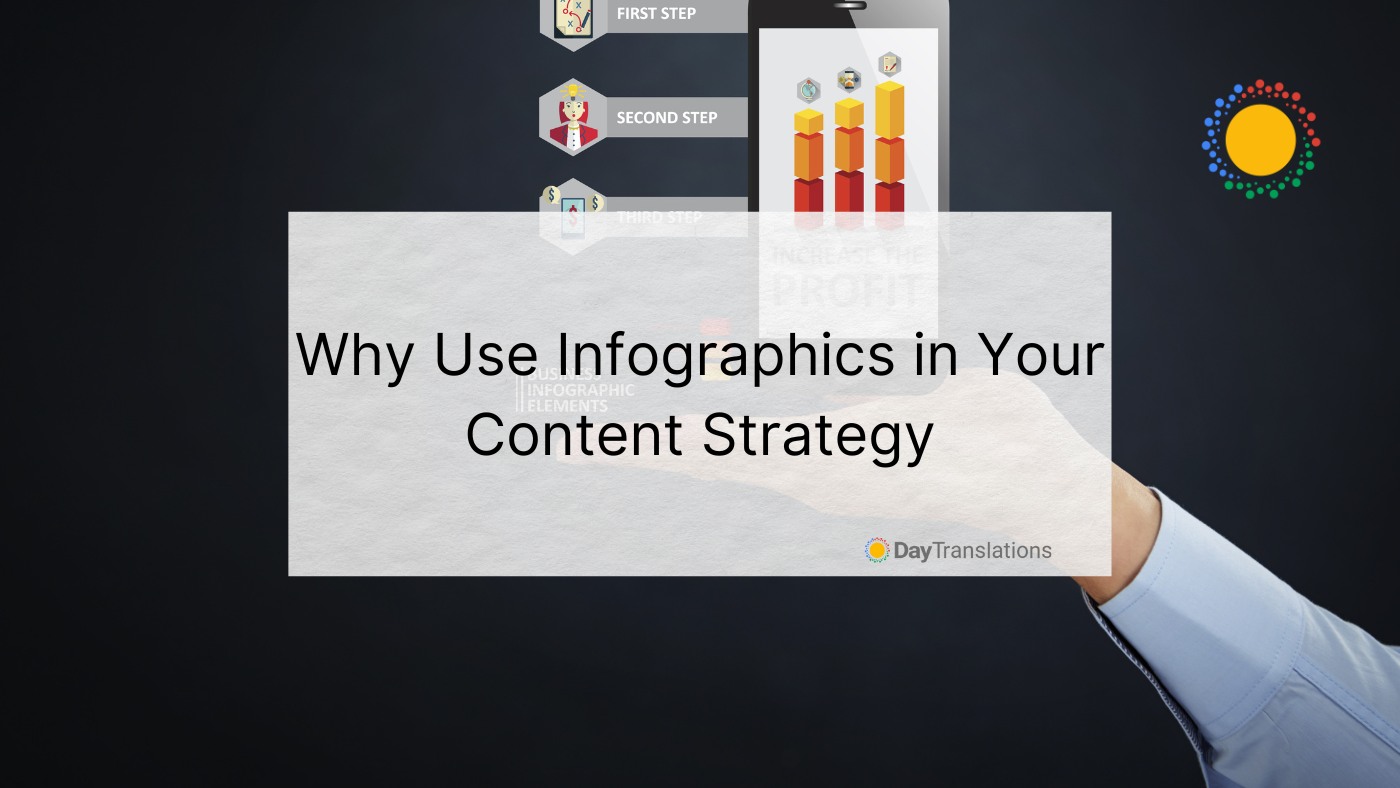The world is becoming increasingly connected, and language barriers can be a significant impediment to global communication. Language translation services have always played a vital role in bridging the gap between different cultures and languages. However, with the advancement of technology, artificial intelligence (AI) has made a significant impact in the translation industry.
In this article, we will explore the role of AI in translation services and how it is revolutionizing the way we communicate.
Introduction to Translation Services
Translation services are the process of converting written or spoken language from one language to another. Language translation services have become increasingly important in the global economy as businesses expand their reach to new markets. Translation services are essential for cross-cultural communication, enabling people from different parts of the world to understand each other.
The translation process involves the conversion of the source text into the target language. The translation can be done by human linguists or by using artificial intelligence-powered translation programs like Google Translate. The translation tool uses algorithms to translate the text, while human experts use their language skills and cultural knowledge to provide accurate translations.
The Importance of Language Translation Services in a Global Economy
In today’s global economy, language translation services are more important than ever. Businesses operating globally must communicate with customers and partners in different languages. Accurate translation is essential to ensure that business communication is clear and effective. Language translation services are also crucial for individuals who need to communicate with people who speak a different language.
The use of language translation services is not limited to businesses and individuals. Government agencies, healthcare providers, and educational institutions also rely on translation services to communicate with people who speak different languages. Accurate translation is important in these fields because miscommunication can have serious consequences.
The Rise of Artificial Intelligence in Translation Services
Artificial intelligence is transforming many industries, and the translation industry is no exception. artificial intelligence-powered translation tools has become increasingly popular in recent years, and many companies use it to provide translation services. AI-powered translation tools can translate text quickly and accurately, making it an attractive option for businesses and individuals who need fast translations.
The use of artificial intelligence in translation services has been growing rapidly due to advances in machine learning and natural language processing. AI-powered translation tools can learn from vast amounts of data and improve its accuracy over time. This means that the more the software is used, the better it becomes at translating text accurately.
Understanding How AI Works in Translation
AI-powered translation tools uses algorithms to translate text from one language to another. The software analyzes the source text and breaks it down into smaller components, such as words and phrases. It then uses machine learning algorithms to identify the most appropriate translation for each component.
The software can use different approaches to translation, such as statistical machine translation or neural machine translation. Statistical machine translation uses statistical models to identify the most likely translation for each component. Neural machine translation uses neural networks to identify the most appropriate translation based on patterns in the data.
Advantages of Using AI in Language Translation Services
The use of artificial intelligence in translation services has several advantages. The first advantage is speed. Artificial intelligence-powered translation solutions can translate the text much faster than human professionals. This means that businesses and individuals can get translations quickly, essential for time-sensitive communication.
The second advantage is cost-effectiveness. AI-powered translation is less expensive than hiring human linguists. This makes AI translation an attractive option for businesses and individuals who need translation services but have a limited budget.
The third advantage is accuracy. AI-powered translation solutions can translate text accurately, provided that it has been trained (deep learning) on a large amount of data. This means that the software can provide high-quality translations that are comparable to those produced by professional translators, albeit reliant on deep learning.
The Limitations of Artificial Intelligence in Translation Services
While AI-powered translation tools has many advantages, it also has limitations. The first limitation is that the software cannot understand the context of the text. This means that an AI translation may provide inaccurate translations if the context is not clear.
The second limitation is that the software cannot account for cultural differences. Different cultures have different idioms and expressions that may not make sense when translated literally. Professional translators can account for these differences and provide accurate translations that consider cultural nuances.
The third limitation is that the software cannot handle complex translations. Some translations require a deep understanding of the subject matter, which AI-powered translation tools may not have. Human linguists with expertise in a particular field are better equipped to handle these translations.
The Role of Human Linguists and Interpreters in AI-Powered Translation Services
While AI-powered translation solutions have many advantages, human expertise is still essential in a translation. Human linguists and interpreters have the cultural knowledge and language skills necessary to provide accurate translations that translation programs can be used to speed up the translation process and reduce costs, but human professionals and interpreters are still necessary to ensure accurate translations.
The role of human linguists and interpreters in AI-powered translation services is to review and edit the translations produced by the software to ensure that they are accurate and culturally appropriate. While machine translation engines ca translate foreign languages into target languages, they cannot accurately convey the cultural nuance of large pieces of content without the aid of human input. Human translations still reign supreme when it comes to translation quality and breaking down the language barrier.
Top AI-Powered Translation Companies in the Market
Several AI-powered translation companies have emerged in recent years, providing fast and affordable translation services to businesses and individuals. Some of the top AI-powered translation companies in the market include Google Translate, Microsoft Translator, and SDL. We’re also seeing some smaller B2B SaaS organizations getting up to $125M in funding like Jasper AI and other AI writing tools that have translation services built into their offering.
Google Translate is a free online language translation platform that uses statistical machine translation to provide translations in over 100 languages. Microsoft Translator is another popular online translation tool that uses neural machine translation to provide translations in over 60 languages. SDL is a professional translation service provider that uses a combination of AI translation tools and human linguists to provide accurate translations.
Future of Artificial Intelligence in Translation Services
The future of AI in translation services is bright. As AI-powered translation technology and language translation tools continue to improve, it will become even more accurate and efficient. This will make it an even more attractive option for businesses and individuals who need fast and affordable translation services.
However, human translators and interpreters will still be essential in the translation process. AI-powered translation software cannot replace human expertise in understanding cultural nuances and providing accurate translations that consider the context and subject matter.
The Importance of Combining AI Translation Technology and the Power of Human Translators in Language Services
In conclusion, AI-powered language translation tools have significantly impacted the translation industry, providing fast and affordable translation services to businesses and individuals.
However, human translators and interpreters are still necessary to ensure accurate translations that consider the context and cultural nuances of the text.
The future of AI in translation services is promising. Still, it is important to recognize the limitations of AI-powered translation software and the role of human expertise in the translation process. Combining AI and human expertise in language services is the key to providing high-quality translations that enable effective cross-cultural communication.
Get in touch with Day Translations today to learn more about our range of language service solutions!












Sorry, the comment form is closed at this time.